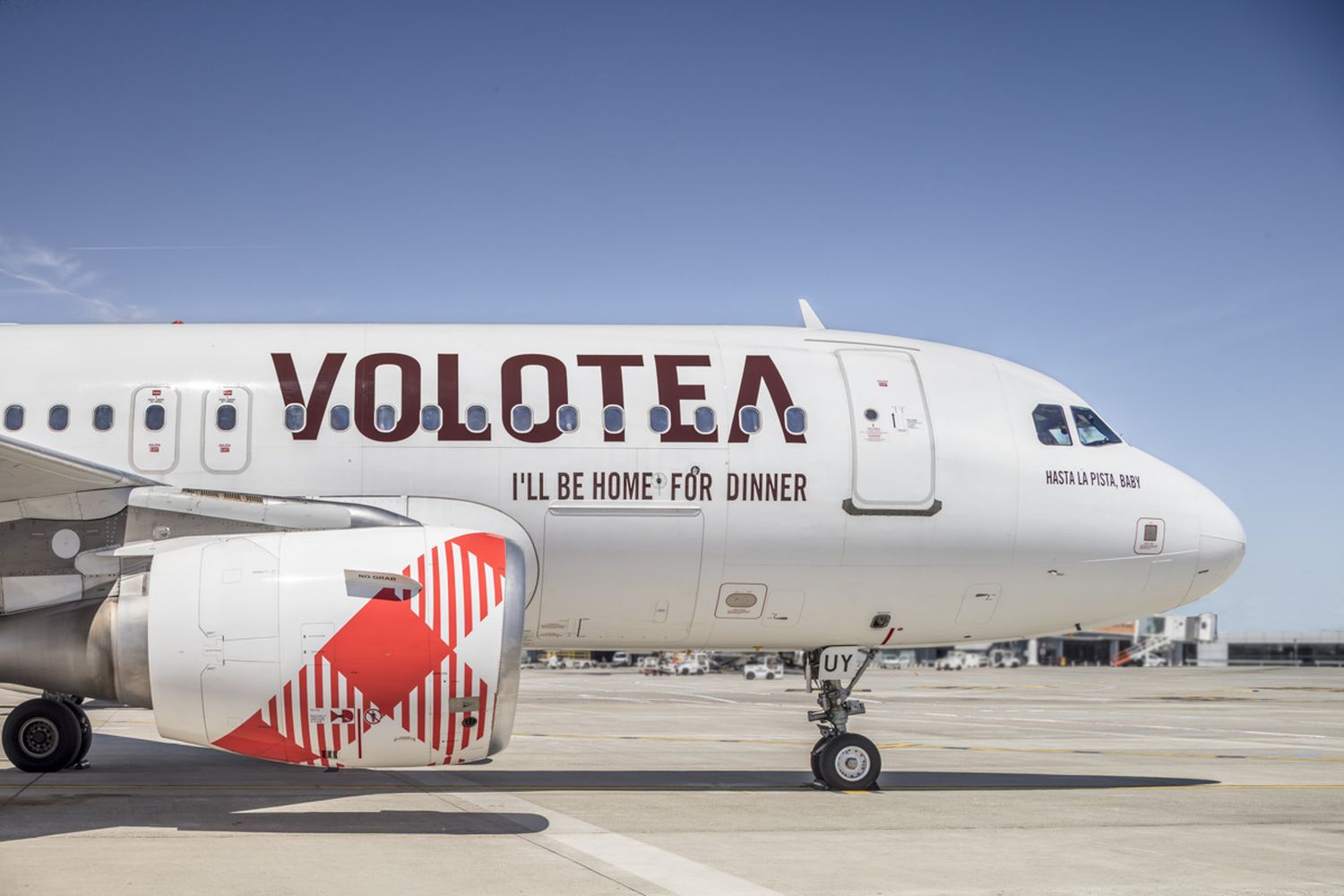Volotea’s Financial Outlook for 2023: EBITDA Growth, Fleet Expansion, and IPO Plans
Spanish low-cost carrier Volotea has announced, this week, its financial estimates for the first nine months of 2023. As the company is still private, it provided a glimpse of the company’s expectations for the year — but also, with some inference, of its improving numbers.
According to Expansión, a Spanish business newspaper, the airline expects to turn an EBITDA between EUR93 million and EUR103 million in the first nine months of the year, over sales between EUR545 million and EUR555 million. That would mean an EBITDA margin of around 17%. The figure compares to a negative EBITDA of EUR44 million in the same period of 2022.
EBITDA — standing for earnings before interest, taxes, depreciation and amortization — is a popular figure in the airline industry insofar as it depicts the airline’s purely operational performance. It omits the financial burdens of the airline.
This statistic omits some important numbers. Volotea’s fleet of 41 aircraft, for instance, is entirely leased. Leasing is generally accounted as amortization, as its payment is a debt incurred by the airline.
Volotea, too, has to serve the financial obligations it incurred during the pandemic. The principal of the largest loan, granted by Spain’s state-owned SEPI, has its payment only in the maturity by 2029, but interest has to be paid nevertheless.
So the improvement has to put in context. For example, despite the negative EUR44 million of EBITDA in 2022, its net result was negative EUR138 million, according to Expansión.
Still, Volotea’s outlook is undeniably better than it has in years past. The COVID-19 pandemic was existential for the airline. Yet, it allowed the company to streamline — and grow — its fleet.
Volotea started 2020 with 13 Boeing 717 (with 125 seats) and 19 Airbus A318 (with 156 seats) in its fleet. By 2021, it had phased out the 717s, while it brought in the Airbus A320, which carries 180 passengers. As of today, it operates 21 A320 and 20 A319, for a net growth of nine aircraft compared to before COVID.
As importantly, the larger aircraft — provided that leasing prices are low enough — allow Volotea to dillute its costs over a higher number of seats. (Fleet data was obtained at Planespotters.net).
Volotea’s business model consists in straying away from competition. Few are the occasions where it goes face to face with other airlines and it tends to stay away from trunk routes. As such, it must stimulate demand with low prices, and for that equation to work, it must have low costs as well.
Expansión reports that Volotea intends to carry 10 million passengers this year. For it is flying 10.5 million through the entire year, according to Cirium’s Diio Mi application, that would make for a load factor of just over 95%. (Keep in mind these figures are raw estimates).
If we assume this figure is the same during the three first quarters of the year, when it is flying 8.7 million seats, that makes for 8.272 million customers.
Now, assuming that all of Volotea’s revenues come from passengers and provided that the airline meets its estimates of EUR550 million in revenue for the year up, then Volotea’s average revenue per passenger is EUR66.49.
We cannot compare these estimates for peers without getting even more in the speculation field, since they are not providing guidance for the same period of time. But as a benchmark, Vueling’s revenue per passenger in the first half of 2023 was EUR83.39, for a stage length of 1040 km, and Ryanair’s was EUR64.37, for a stage length of 1248 km. Not having the third quarter is very relevant, as it is the one with the most demand and best yields.
Key to demonstrating these improving results has to be the fleet. Volotea has not added any aircraft to its portfolio since last Summer, and in the aggregate, in 2023 it will have only 1.7% more departures than in 2022, according to Cirium — with seats growing 2.2% and ASKs by 11.4%.
Still, by its estimates, revenue is growing by 25% in the first nine months of the year versus the same period in 2022 — and, all in all, growing its number of passengers by 7% in the entirety of 2023 versus the year past.
Thus, revenue per passenger has grown faster than the number of passengers. With the same number of assets than it had last year, it has achieved better results.
This improvement is important for the airline’s plans going forward. In an interview last December of its founder and CEO Carlos Muñoz to El País’ business magazine Cinco Días, turning a profit in 2023 («our fundamental objective») was one of the key for an IPO.
«The other condition, and it is not less important, is that the capital market recovers and opens for IPOs», said the executive then, adding that «we would like to proceed with the IPO in two to three years».


Para comentar, debés estar registradoPor favor, iniciá sesión